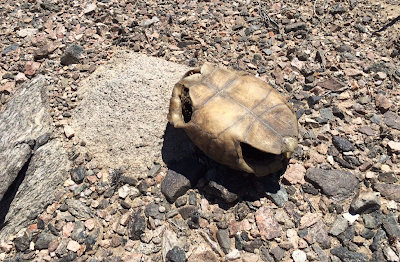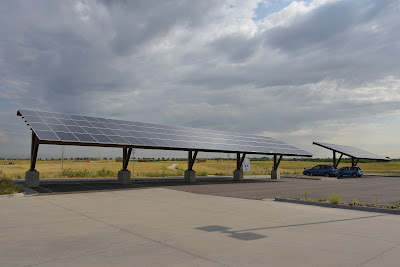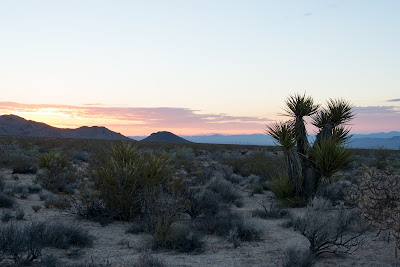First Solar Project Displaces Over 160 Desert Tortoises

First Solar has displaced at least 161 adult and juvenile desert tortoises to make way for its Silver State South Solar project in Nevada, as of August 2015, according to documents provided by the Department of Interior. Initial information indicates several tortoises relocated from the project site have already died, possibly as a result of being forced into unfamiliar ranges. First Solar is clearing over 3.7 square miles of intact desert habitat for the project after the company ignored requests to consider less destructive locations. Underscoring its interest in profit over the environment, the company has even funded attacks on rooftop solar - a more sustainable alternative to meeting our renewable energy needs that First Solar sees as a threat to its bulldozer-led approach. Translocation Results Uneven Although the 161 desert tortoises found on the Silver State South project site were moved to the surrounding desert before bulldozers leveled the area f...





